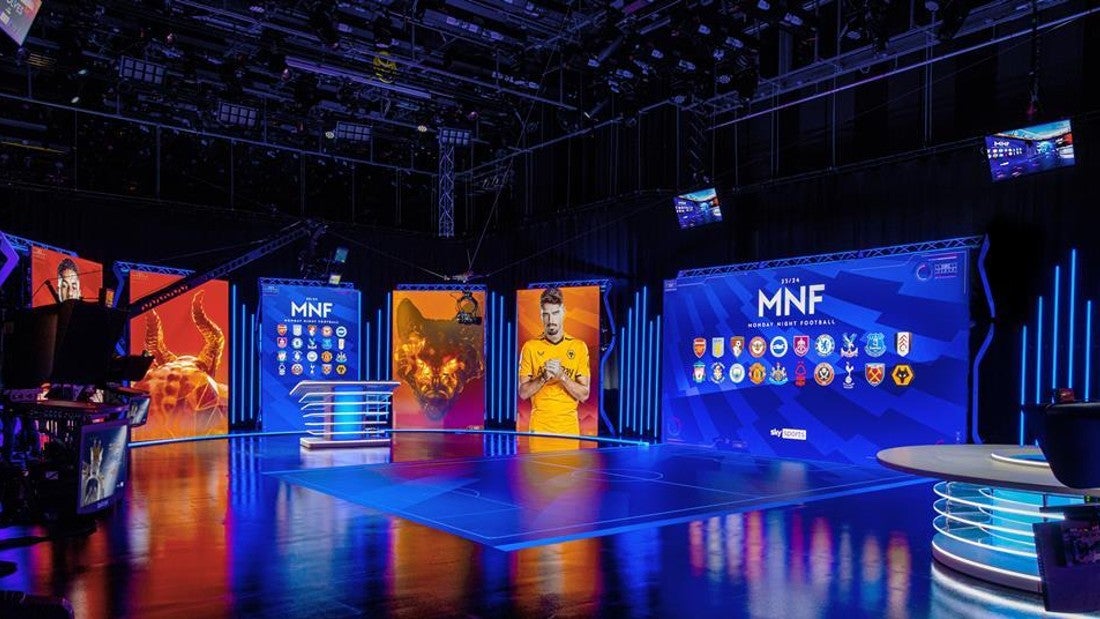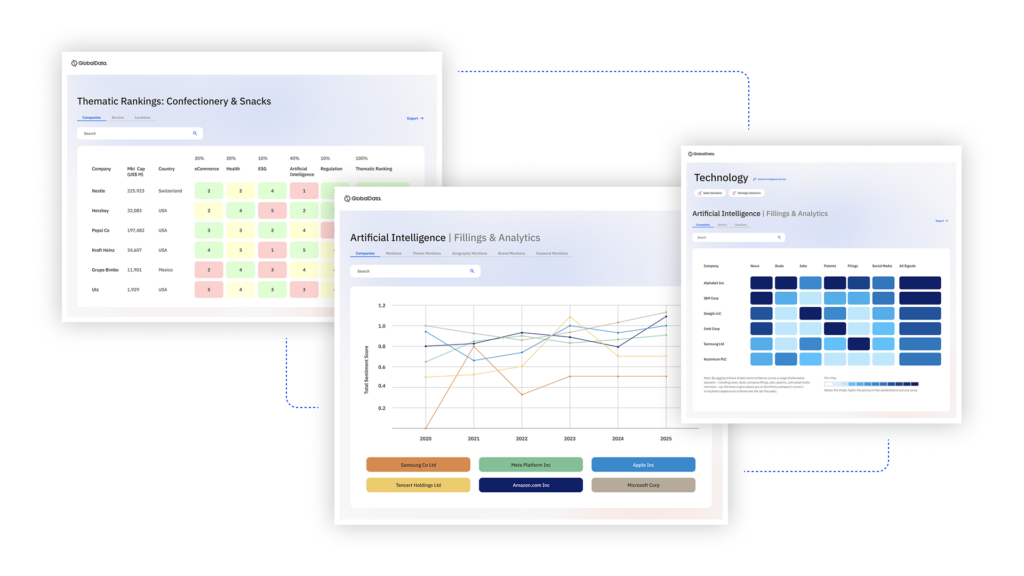
An increasing number of augmented reality (AR) initiatives are being tested and implemented across the sports industry, with analysts pinpointing fan experiences as a key growth area for the divisive technology.
The AR market is predicted to be worth $100 billion by 2030, rising from $22 billion in 2022, according to GlobalData’s Thematic Intelligence: Augmented Reality in Sport (2024) report.
Behind this growth in revenue is AR software, headsets, and smart glasses – but, in sports, mobile devices and broadcasting offer the most “lucrative and accessible opportunities for AI integration.”
Which sports are implementing AR?
As media competition intensifies for sports rights with the rise of over-the-top (OTT) platforms, broadcasters have been encouraged to invest in more sophisticated technology to attract or keep contracts and engage with fans.
Last August, Sky Sports launched a new mixed-reality studio for coverage of the Premier League on its Monday Night Football show and tennis’ US Open, using advanced AR graphics for 3D representations of a team’s lineup, for example.

US Tariffs are shifting - will you react or anticipate?
Don’t let policy changes catch you off guard. Stay proactive with real-time data and expert analysis.
By GlobalDataBroadcasters are increasingly providing AR-enhanced alternative coverage of sports events to tailor coverage to specific audiences.
This may be the coolest fan experience to ever exist at a sports stadium pic.twitter.com/aW20gBRBtE
— Yoni (@OriginalYoni) September 10, 2019
Stadium-based AR experiences are also on the rise.
Clubs and event organizers are using AR to develop apps to create visual entertainment around the stadium, adding to spectators’ experience before, during, and after the match.
NBA franchise the Portland Trail Blazers partnered with mixed reality vendor Disguise in November 2023 to broadcast AR graphics from a handheld camera.
These graphics are used to show live statistics (such as points scored or team shooting percentages) on-screen next to the players.
With technology, media, and telecoms companies accounting for $2.1 billion in sports sponsorship deals in 2023, investors’ attention will focus strongly on the adoption of AR technologies to make viewing experiences more immersive.



